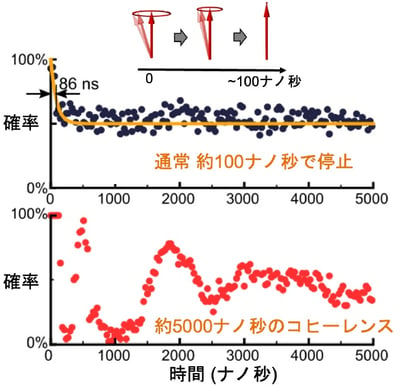2024-02-06 ラトガース大学
◆研究者によると、ヴォルフ・ルンドマルク・メロッテ銀河(WLM)銀河の星の年齢をカタログ化し、これまでにないほど詳細な像を構築しました。この研究には、アマレル高性能コンピューティングクラスターの利用や、低質量銀河の形成や星の進化、化学元素の進化などに関する情報が含まれています。
<関連情報>
- https://www.rutgers.edu/news/rutgers-astronomer-leads-effort-map-history-stars-nearby-galaxy
- https://iopscience.iop.org/article/10.3847/1538-4357/ad1105/meta#back-to-top-target
JWST解像恒星個体群初期放出科学プログラム。IV.局所群銀河WLMの星形成史 The JWST Resolved Stellar Populations Early Release Science Program. IV. The Star Formation History of the Local Group Galaxy WLM
Kristen. B. W. McQuinn, Max J. B. Newman, Alessandro Savino, Andrew E. Dolphin,, Daniel R. Weisz, Benjamin F. Williams, Martha L. Boyer, Roger E. Cohen, Matteo Correnti,, Andrew A. Cole +
The Astrophysical Journal Published:2024 January 11 DOI:10.3847/1538-4357/ad1105

Abstract
We present the first star formation history (SFH) and age–metallicity relation (AMR) derived from resolved stellar populations imaged with the JWST NIRCam instrument. The target is the Local Group star-forming galaxy WLM at 970 kpc. The depth of the color–magnitude diagram (CMD) reaches below the oldest main sequence turnoff with a signal-to-noise ratio = 10 at MF090W = + 4.6 mag. This is the deepest CMD for any galaxy that is not a satellite of the Milky Way. We use Hubble Space Telescope (HST) optical imaging that overlaps with the NIRCam observations to directly evaluate the SFHs derived based on data from the two great observatories. The JWST and HST-based SFHs are in excellent agreement. We use the metallicity distribution function measured from stellar spectra to confirm the trends in the AMRs based on the JWST data. Together, these results confirm the efficacy of recovering an SFH and AMR with the NIRCam F090W−F150W filter combination, and validate the sensitivity and accuracy of stellar evolution libraries in the near-infrared relative to the optical for SFH recovery work. From the JWST data, WLM shows an early onset to star formation, followed by an extended pause post-reionization before star formation reignites, which is qualitatively similar to what has been observed in the isolated galaxies Leo A and Aquarius. Quantitatively, 15% of the stellar mass formed in the first Gyr, while only 10% formed over the next ∼5 Gyr. The stellar mass then rapidly doubled in ∼2.5 Gyr, followed by constant star formation over the last ∼5 Gyr.



